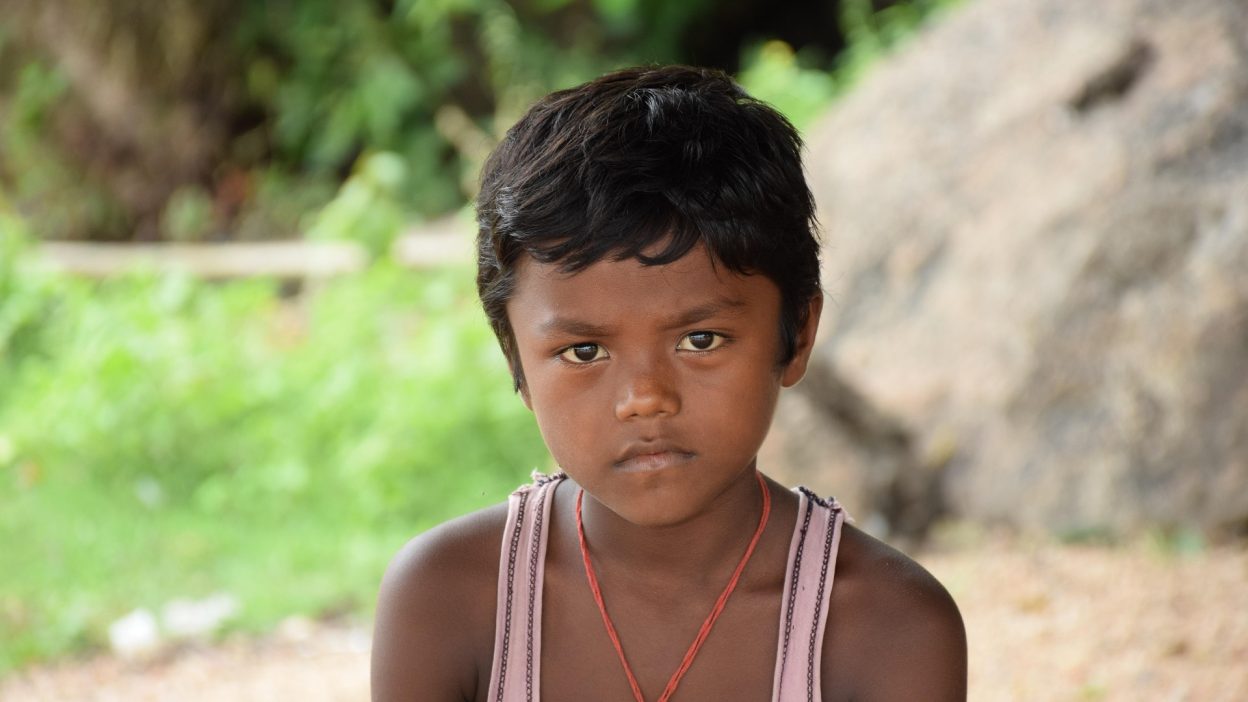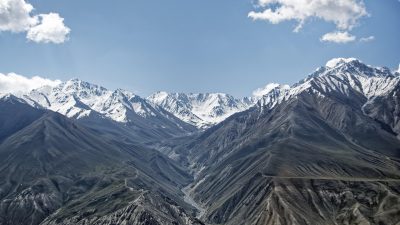A Catastrophic Event That Left a Lasting Impact
The West Bengal Cyclone of 1942 was a devastating natural disaster that struck the coastal regions of India, leaving a trail of destruction in its wake. With powerful winds and intense storms, the cyclone wreaked havoc in a region already facing challenges under British colonial rule. The storm’s sudden arrival resulted in widespread devastation, uprooting communities and causing significant loss of life.
This cyclone not only caused immense loss of life but also disrupted the region’s infrastructure and economy, leaving the survivors to face hardships for years to come. It serves as a stark reminder of the destructive power of nature. The lack of timely action from the authorities during the aftermath made the situation worse, extending the suffering of those affected and delaying the recovery efforts.
The Unseen Toll of the 1942 West Bengal Cyclone: More Than Just Lives Lost
While the human death toll from the West Bengal Cyclone of 1942 was shocking, the full consequences of the disaster were far-reaching. The economic ramifications were dire, with the destruction of vital sectors such as agriculture and fishing. Fields were ruined, crops were lost, and the livelihoods of thousands of families were completely destroyed, plunging the region into severe economic hardship.
The damage to essential infrastructure was just as devastating. Roads, bridges, and buildings were torn apart, hindering relief efforts and complicating access to the affected areas. This infrastructure collapse meant that supplies of food, medicine, and other necessities couldn’t reach the people who needed them most, extending the period of hardship for the survivors.
The Tragic Consequences of the 1942 West Bengal Cyclone: Lives Lost, Injuries, and Destruction
- Official Fatalities and Casualties
The West Bengal Cyclone of 1942 claimed the lives of over 14,000 people, with many others left injured or displaced. Coastal areas suffered the most, with entire villages being swept away by the fierce winds and flooding. The majority of the fatalities were due to drowning, falling debris, and the collapse of buildings. However, the full extent of the death toll remains uncertain, as many bodies were never recovered. - Injuries and Displacement of Thousands
Thousands were left with severe injuries, many of which were life-threatening. Broken bones, cuts, and bruises from debris were common, and several survivors also suffered from dehydration and malnutrition as medical supplies were in short supply. Large numbers of people were displaced, with families losing everything they owned. Makeshift shelters became home for the displaced as they awaited much-needed assistance. - Devastating Infrastructure Damage
The cyclone destroyed critical infrastructure, including roads, railways, and bridges, making rescue and relief efforts even more difficult. The collapse of key transportation links hindered the distribution of aid and made it harder to deliver food and medical supplies to the affected regions. This prolonged the suffering for the survivors, leaving them with limited resources for recovery.
Could the West Bengal Cyclone 1942 Have Been Avoided? The Response Under Fire
The response to the West Bengal Cyclone of 1942 raised serious concerns about the colonial government’s preparedness for natural disasters. While it’s impossible to fully prevent such catastrophes, the lack of preparedness and foresight exacerbated the impact of the storm. Early warning systems were insufficient, and the population had no evacuation plans to rely on. As a result, many people were caught off guard and unable to seek shelter before the storm hit.
Furthermore, the British colonial government’s slow response, distracted by wartime priorities, meant that assistance arrived much too late. The delay in relief efforts worsened the aftermath, as the affected communities had to endure prolonged suffering without adequate support. This inaction led to criticism of the government’s failure to protect its citizens and highlighted the urgent need for better disaster management practices.
The Transformation of the West Bengal Landscape Following the 1942 Cyclone
The West Bengal Cyclone of 1942 left an indelible mark on the region’s landscape. The storm not only caused widespread damage to property but also altered the course of rivers and reshaped the coastline. These changes had long-term consequences for the local ecosystem, as traditional fishing and farming practices were disrupted.
The alteration of the landscape created additional challenges for recovery, as the local people had to adapt to the new environmental conditions. Rebuilding was complicated by the changes in geography, and many survivors were forced to rethink their agricultural and livelihood practices. This environmental transformation made it even more difficult for the affected communities to recover.
Personal Accounts of the West Bengal Cyclone 1942: Survivors Share Their Stories
The survivors of the West Bengal Cyclone of 1942 have shared heartbreaking yet inspiring stories of survival. Many recount how they narrowly escaped death by clinging to trees, rooftops, or even debris that was carried by the storm’s fierce winds. Despite the tremendous loss, the resilience and strength shown by these survivors were remarkable as they began the long process of rebuilding their lives.
These personal stories not only shed light on the devastating loss of family and property but also illustrate the challenges of living in a region vulnerable to frequent natural disasters. The survivors’ determination to survive and rebuild, despite the many obstacles they faced, demonstrates the indomitable spirit of the people of West Bengal.
West Bengal Cyclone 1942: A Tragedy Lost in History’s Shadows
While the West Bengal Cyclone of 1942 was one of the most devastating natural disasters in the region, it remains relatively unknown in comparison to other catastrophic events. The global context of World War II diverted attention away from the disaster, and as a result, it did not receive the media coverage it deserved. This lack of attention contributed to the delayed relief efforts, as the affected communities struggled in isolation.
The overshadowing of this event by other international concerns also meant that the recovery process was slower than it should have been. While resources were directed towards wartime efforts, the people of West Bengal had to rely on their own communities to recover, which stretched their already limited resources.
The 1942 West Bengal Cyclone: A Wake-Up Call for Better Disaster Preparedness
The catastrophic impact of the 1942 West Bengal Cyclone underscores the need for better disaster preparedness. While such disasters cannot be fully prevented, improved planning, early warning systems, and better government action could have significantly reduced the loss of life and damage. In today’s world, advanced technology can predict cyclones with greater accuracy, and comprehensive disaster plans can ensure that communities are ready to respond when disaster strikes.
However, the events of 1942 highlight that even with modern technology, we must remain vigilant. The cyclone serves as a reminder that no community is entirely safe from nature’s wrath, and being prepared for the worst is the only way to mitigate the effects of future disasters.
Conclusion: The Lasting Impact of the West Bengal Cyclone of 1942
The West Bengal Cyclone of 1942 left a profound impact on both the region and its people. Beyond the immediate destruction, the disaster caused lasting economic and social hardships. It highlighted the significant gaps in disaster response and preparedness at the time and served as a turning point for future disaster management in India.
The cyclone’s legacy is a painful one, but it ultimately led to improved awareness and policies regarding disaster preparedness. The people of West Bengal endured unimaginable suffering, but their resilience and determination became a symbol of hope for future generations.
Conclusion: Reflecting on the West Bengal Cyclone 1942 – A Stark Reminder of Nature’s Power
The 1942 cyclone in West Bengal remains one of the most catastrophic events in the region’s history, a powerful reminder of the unpredictability of nature. While we have made great strides in disaster management and early warning systems, this event proves that we must always be prepared for the unexpected.
As we look to the future, we must remember the lessons learned from this tragedy. Strengthening disaster response systems and investing in better infrastructure will ensure that we are better equipped to face whatever nature throws our way.
FAQs:
- How many people died in the West Bengal Cyclone of 1942?
Over 14,000 lives were lost, with many more injured or displaced as a result of the storm’s destructive force. - What industries were impacted by the 1942 West Bengal Cyclone?
Agriculture and fishing were particularly devastated, with crops destroyed and the livelihoods of many families wiped out. - What could have prevented the devastation of the West Bengal Cyclone 1942?
Improved early warning systems, better disaster preparedness, and faster government response could have minimized the damage. - Why was the West Bengal Cyclone 1942 overshadowed by other events?
The cyclone occurred during World War II, and the global focus on wartime events meant that this disaster did not receive the attention it warranted. - What lessons can we learn from the 1942 West Bengal Cyclone?
Effective disaster management, timely response, and improved infrastructure are critical in reducing the impact of future cyclones.
References:
1940s North Indian Ocean cyclone seasons”
“Historically prone to cyclones”
“Bengal Cyclone Causes Havoc”
“In Memory of the Three Million”




